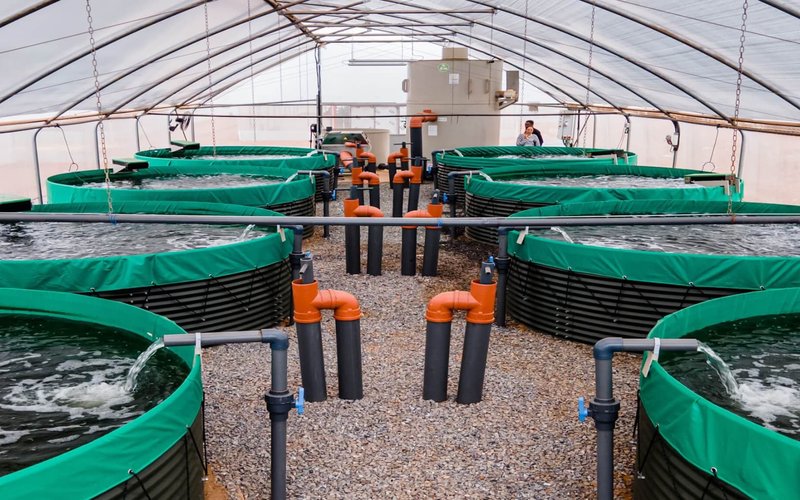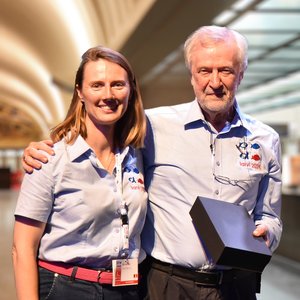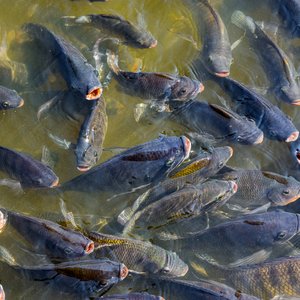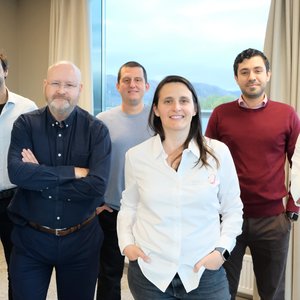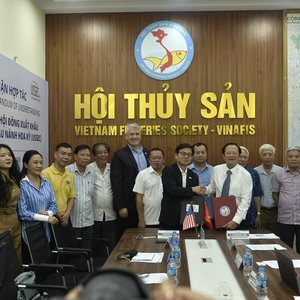Most African countries are implementing aquaculture development strategies, seeing modest growth in the process. With capture fish figures in decline, aquaculture is increasingly becoming a key alternative for meeting fish demand. In response, fish feed producers are expanding their capacity and market presence, particularly in West and Central Africa.
Skretting Nigeria is the latest to open a state-of-the-art factory, with its EUR 25 million feed plant in Ibadan, Oyo State, on April 17 last year. Ghana’s Raanan Fish Feed and Moroccan fish feed producer, Fish Tech Maroc, are among the companies expanding their sales networks across the region.
While the feed market appears promising in the short and medium term, attention would need to be paid to the supply of ingredients, in order to deal with increasing demand over the long term. Although governments are working to stabilize the supply of key feed ingredients, market pressures are expected to persist. This is especially true given that Africa’s poultry feed sector consumes the largest share of corn and soybean meal. If aquaculture is to meet the growing fish demand of Africa’s rising population, innovative solutions will be needed to ensure ingredient availability over the long term.
Supply of corn remains unstable
Corn, the primary ingredient in fish feed, has remained largely unstable across Africa, and this trend is expected to continue. For example, in West Africa, USDA forecasts that corn production will increase 4% to 3.5 million metric tonnes in Ghana and 6.5% to 11.68 million metric tonnes 2024/25 in Nigeria, over the previous year. However, due to the weak Ghanaian cedi and Nigerian naira, unofficial exports of corn to the Sahelian zone, especially from Nigeria, are expected to continue.
Last year, some fish feed producers suspended corn purchases due to shortages, prompting government efforts to enforce an export ban. In Kenya, corn production for 2024/25 is expected to remain stable at the previous year’s 3.7 million metric tonnes. Corn production in Uganda for the same period is estimated at 5,000 metric tonnes, almost the same as the previous year’s 4,945.
According to a USDA report on November 25, 2024, South Africa issued import permits for genetically engineered corn from the U.S., due to “a mid-summer drought that caused a 22 percent drop in production induced by El Niño”. Despite this drop in production, South Africa still planned to export 2 million tons of corn to neighboring countries which have recently experienced major shortfalls in corn production.
Soybean meal faces similar challenges
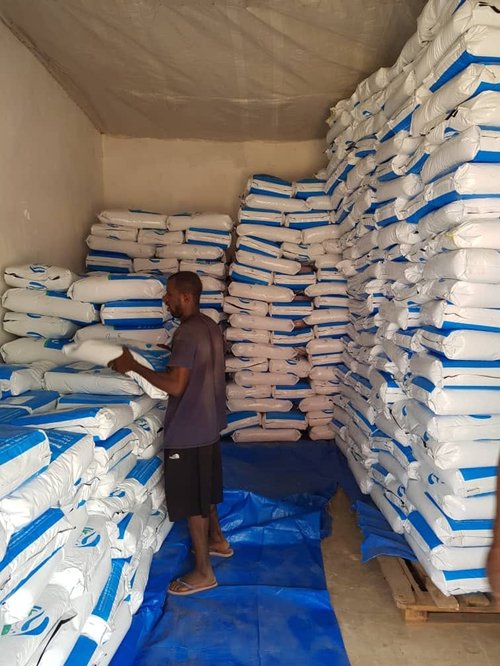
Soybean meal, another critical ingredient in fish and poultry feed, faces similar supply constraints. Ghana currently produces only 260,500 metric tonnes annually, primarily from small-scale farmers averaging one ton per acre. However, a significant part of this output is exported by local-based foreign firms, despite an export ban.
Under the FAO-sponsored Sustainable Value Chain Strategy, farmers are being supported to raise capacity to 2 tonnes per acre and 1.2 million tonnes by 2030. This increase is expected to meet the needs of livestock farmers, but the challenge would be to keep away the export hungry traders.
In Nigeria, soybean meal production is expected to register a 5% increase to 660,000 metric tonnes in 2024/25 compared to the previous year’s 634,000. However, local consumption, mostly by the livestock sector, is expected to register a 24% decrease, apparently because a sizeable portion of production is exported.
Regarding East Africa, GatsyAfrica.com reports that “regional production of soy remains low … East Africa remains largely dependent on imports, with Kenya, Tanzania and Uganda together importing USD 84 million or 129,000 metric tonnes of soybean and soy-based products in 2022.”
Fecal sludge as fish feed
With the supply of aquafeed appearing to be unsustainable over the long term, it is not surprising that more unconventional sources are gaining attention. Fecal sludge has traditionally been used as compost in many countries, but in recent years, it has been explored as a potential fish feed ingredient. Given its abundance, using treated fecal sludge in aquafeed could lower production costs while helping municipalities manage waste. In recent years, fecal waste has already been utilized as nutrient-high compost, biogas, and in “wastewater aquaculture” in India, Nepal, the Philippines and Rwanda.
In 2019, a Ghanaian company, Trimark Aquaculture pioneered a project that used treated municipal wastewater for catfish farming. Sponsored by the International Water Management Institute (IWMI) and other partners, the project won two awards at the Sanitation Challenge Awards. IWMI has taken things a step further, now promoting fecal sludge as a potential component for compost and fish feed pellets. The institute is currently evaluating the viability of the product and its acceptance by the market.
Feed producers are monitoring market trends
James Cofie, a feed consultant, said that fish feed operators in West Africa are closely tracking market trends and will adapt as needed.
“We are aware of the growing interest in species diversification. However, West African culinary preferences have been shaped over many years. By the time fish species like pangasius, pacu, and rohu gain market traction, our feed products will be available," Cofie said.
"We are also engaging with an increasing number of fish farmers in Ghana and Nigeria who are adopting new farming systems, especially Biofloc and Recirculating Aquaculture Systems (RAS). We are working with them to develop feeding strategies that align with these systems, and our commercial feed products will be ready to support them. Within the next five to ten years, our products will reflect the prevailing production methods,” Cofie said.
African governments are seeking to achieve food security through aquaculture, which has great potential to help increase affordable protein, reduce expenditure on imports and create jobs throughout the value chain. However, success will largely depend on the availability of high-quality feed. Currently, feed accounts for at least 60% of the fish farmer’s budget. If alternative ingredients can be integrated into mainstream feed production, African fish farmers could improve profitability while making fish more affordable for consumers. This transformation may not be far off.


